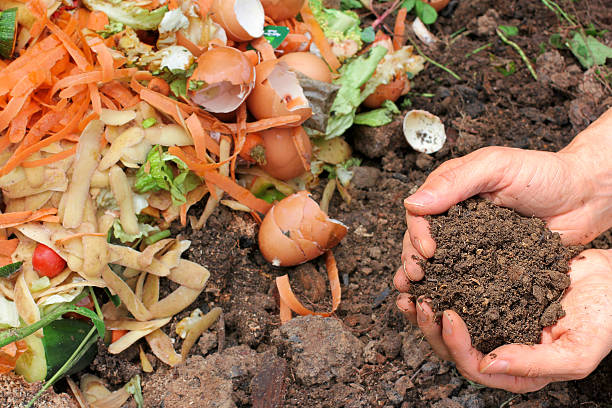Written by Andrew Akhaphong, MS, RD, LD, Mackenthun’s Fine Foods Registered Dietitian
Updated 09/26/2023

The Minnesota Grown Program was created in the 1980’s to help specialty crop farmers to differentiate their products from each other. In collaboration with the Minnesota Department of Agriculture and Minnesota agricultural producers, your participation in this initiative supports the connections between farmers, consumers, and grocery retailers.
Here at Mackenthun’s Fine Foods we take great pride in being a community-focused, family-owned grocery retail business. The four values of our business that align with the Minnesota Grown Program are –
- (to) build relationships
- (to) provide fair and honest treatment
- (to) create memorable moments
- (to) encourage health and wellness with indulgence
Reduce Carbon Emissions
According to the United States Environmental Protection Agency (2023) approximately 29% of greenhouse gas emissions in the United States are due to transportation of goods. When local businesses support other local businesses, the mileage traveled to deliver goods is significantly reduced. At Mackenthun’s Fine Foods, the majority of our produce is able to be supplied by Untied’s Vegetable Farm. The farm is located in Waverly, Minnesota and a one-way trip to deliver produce to Mackenthun’s Fine Foods in Waconia, Minnesota is approximately 30.7-miles. Another farmer we work with, Hemp Acres, is right in the heart of Waconia itself. From their farm it is 4-miles one way to their manufacturing plant and another 0.5 miles one-way to be shipped to Mackenthun’s Fine Foods.
/cdn.vox-cdn.com/uploads/chorus_image/image/70338105/GettyImages_1236185975.0.jpg)
Conserving Energy

Many local businesses are small-scale operations that often use less energy than larger corporations. Additionally, most local businesses place an emphasis on sustainability within their business model. At Mackenthun’s Fine Foods we incorporate sources of natural lighting throughout the stores to reduce the need for energy consumption of our lighting infrastructure. When (organic) foods like apples or lettuce start to wither away we either compost them or save it for local farmers to serve to their animals. Researchers Thomas, Powell, and Chandraiah (2018) of Energy Shrink reported composting (organic) food waste of at least 1,800 pounds per year is equivalent to removing 1.5 cars from the roads, or 75% of a household’s energy use per year.
Supports Sustainable Agriculture
The United States Code Title 7, Section 3103 defines sustainable agriculture as an “integrated system of plant and animal production practices having a site-specific application that will over the long term” –
- Fulfill human need for food and fiber (clothing/textiles)
- Improve environmental quality and its natural resources
- Use non-renewable sources and on-farm resources efficiently and to integrate natural biological cycles and controls
- Enhance farmer and society quality of life
- Assist economic viability of agriculture operations
Sustainable agriculture is often used interchangeably with organic agriculture; however, organic agriculture does not always equal sustainable agriculture.
Common organic agriculture practices include the elimination of genetic engineering products and usage, avoiding the use of synthetic chemicals and fertilizers, employing crop rotation, and requiring regulating bodies like the United States Department of Agriculture to certify their operations and/or products as organic.
Common sustainable agriculture practices include enhancing soil health practices (ie. no-till farming), increasing efficiency of synthetic chemicals and fertilizers through soil information technology, implementing buffer zones to reduce run-off, and digitizing farming procedures through advances in technology.
By continuing to support sustainable agriculture this allows for consumers to support local agriculture businesses like Untied’s and Hemp Acres in –
- Protecting and preserving their small farm land
- Reducing transportation impacts on the environment
- Accountability of local agriculture to grow and produce healthy, safe foods and products
- Maintain genetic diversity of our land, plants, and animals
To learn more about Minnesota Grown including resources for products from local agriculture/businesses, recipes, and events, please visit the link below –





